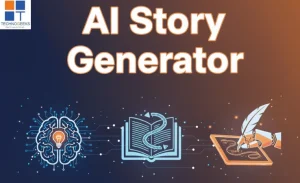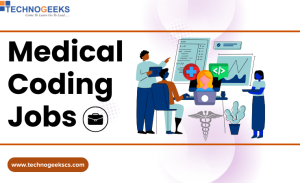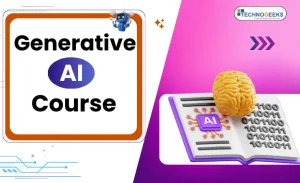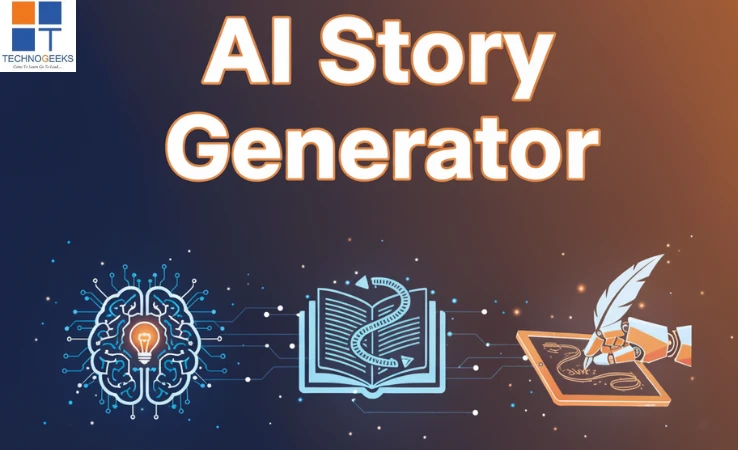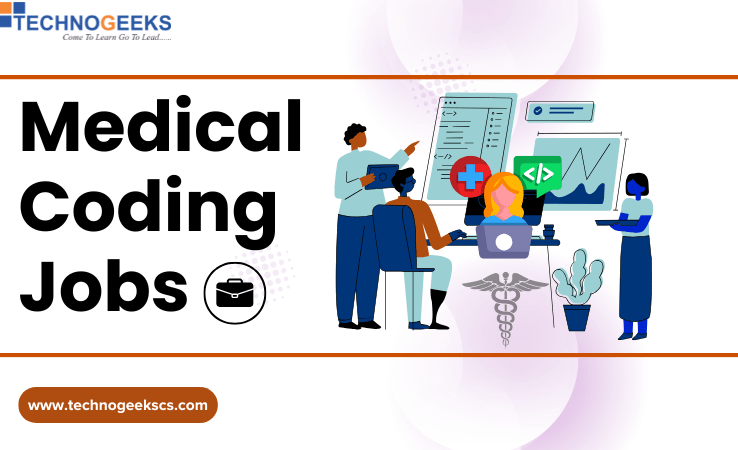Table of Contents
ToggleV-Model in Software Engineering
As a beginner in software engineering, understanding various development models such as Waterfall Model, Agile Model, Spiral Model, etc. is important. One such model is the V-Model, also known as the Verification and Validation model.
This model is a popular methodology mainly used for software development and Software testing. So you may have a question: Why is it called a V-Model?
So It is called the V-Model because the process steps are bent upwards after the coding phase, forming a ‘V shape’.
Understanding the V-Model can help you learn other software development methods. Many industries & organizations use the V-Model because it meets different quality and compliance standards.
Learning the V-Model helps you understand and implement industry best practices in software development and Software testing.
In this blog, we will explain the V-Model in Software Engineering and how it works. We will also cover its key features, benefits, and why it is important for both freshers and experienced professionals in the field.
Let’s first understand what is V-Model?
Want to become a Software Developer?
Click Here to join our courses today and start your journey!
What is the V-Model?
The V-Model is a way to develop software that mainly focuses on checking and testing the software at each step.
It is similar to the waterfall model, where each step must be finished before the next one starts. In the V-Model, testing is planned alongside each development phase.
The V-Model has two main parts:
- Verification phase (the left side of the V) (ensuring that the product is being built correctly)
- Validation phase (the right side of the V), with coding at the bottom (ensuring that the right product is being built)
Also Read – How To Build A Strong Career Path In Software Development
V-Model Phases
The V-Model diagram typically looks like a V as you can see in the diagram below, with the left side representing the phases of verification and the right side representing the phases of validation.
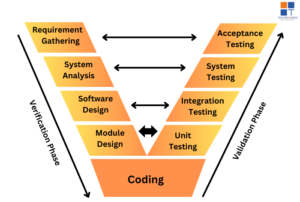
Let’s explore the phases of V-Model one by one:
1) Requirements Phase: This initial phase involves gathering and documenting user requirements.
2) System Design: Based on the requirements, the system architecture and design are planned.
3) Architectural Design: This phase focuses on defining the software architecture based on the system design.
4) Module Design: Detailed designs for individual modules or components are created.
5) Implementation (Coding): This is where the actual coding of the software takes place, converting designs into executable code.
6) Unit Testing: Testing of individual modules to ensure they work correctly on their own.
7) Integration Testing: Modules are combined and tested together to ensure they work well as a complete system.
8) System Testing: The entire system is tested to verify that it meets the specified client requirements.
9) User Acceptance Testing (UAT): Last but no least testing performed by end-users to ensure the software meets their needs and expectations.
Explanation:
| V-Model Phase | Description | Activities |
| Left Side (Verification) | The left arm of the ‘V’ represents the Verification Phase, ensuring the software is developed correctly. |
|
| Right Side (Validation) | The right arm of the ‘V’ represents the Validation Phase, ensuring the product meets client requirements. |
|
| Bottom of the V (Coding and Testing Integration) | At the bottom of the ‘V’ is the coding phase, integrating development and testing activities. |
|
Also Read – Software Developer LifeCycle : A Beginner’s Guide
Features Of V-Model
Sequential Steps: The V-Model follows a step-by-step process where each phase leads to the next. You can’t skip any step in the V-model; you have to finish one phase before starting the next.
Verification and Validation: The V-Model meaning is Verification and Validation It means it mainly focuses on checking that the software works correctly (verification) and that it meets client requirements (validation) at every stage of software development.
Integrated Testing: Testing happens throughout the development process, not just at the end. This helps catch problems (bugs) early.
Development and Testing Together: Instead of finishing all the coding first and then testing, the V-Model plans for testing at the same time as each development phase.
Clear Goals: Each phase has clear goals, which makes it easier to see progress and make sure the software meets its requirements.
Finding Problems Early: By testing early, issues and bugs can be found sooner, which is cheaper and easier to fix than if they’re discovered later.
Documenting Everything: Documentation is important at every step to keep track of –
- What needs to be done
- How things are designed
- What tests are needed?
Managing Risks: It includes ways to identify and handle risks that could affect the project’s success, helping to avoid problems before they happen.
Flexibility: While it’s structured, the V-Model can be adapted to fit different kinds of projects, including ones that use more flexible or agile methods.
Also Read – Software Testing Life Cycle (STLC): Ensuring High-Quality Software
Difference Between V-Model and Waterfall Model
| Aspect | V-Model | Waterfall Model |
| Development Approach | Sequential, with testing at each stage | Sequential |
| Phases | Divided into Verification and Validation phases | Requirements, Design, Implementation, Testing, Maintenance |
| Testing | Testing happens alongside development phases | Testing occurs after development is complete |
| Feedback | Each stage has feedback loops for improvements | Minimal feedback loops |
| Flexibility | Less flexible; changes are harder to make later | Less flexible; changes are harder to make later |
| Risk Management | Focuses on catching defects early | Limited focus on early defect detection |
| Documentation | Documentation is emphasized throughout | Documentation at the end of each phase |
| Suitability | Best for projects with clear and stable requirements | Best for projects with predictable requirements |
| Adaptability | Less adaptable to changes during development | Less adaptable to changes during development |
| Complexity Handling | May struggle with very complex projects | May struggle with very complex projects |
Types of Projects Suited to the V Model
1) Projects with Stable Requirements: The V Model works well for projects with stable, well-defined requirements. This allows for a step-by-step approach with clear phases for checking and testing the software.
2) Safety-Critical Systems: The V Model is great for projects needing high reliability and safety, like in cars, planes, and medical devices. It focuses on careful testing and checking at every step.
3) Regulated Environments: Projects that need to follow strict rules, like in healthcare (FDA rules) or defense (military standards), benefit from the V Model’s structured approach and detailed documentation.
4) Embedded Systems: Projects involving software embedded in hardware, such as IoT devices or industrial control systems, where functionality and reliability are paramount.
5) Large-Scale Systems Integration: Projects that combine many parts or systems benefit from the V Model. Each part is carefully checked and tested before being put together.
When is the V-Model Used in Software Engineering?
The V-Model is used in software engineering when:
- You need a clear and step-by-step process from start to finish.
- Requirements for the software are well-defined and not likely to change.
- There are strict rules or standards that the software must follow.
- Finding mistakes early is very important to avoid problems later on.
It’s good for projects where you want to be very sure that each part of the software works correctly before moving to the next step.
Want to become a Software Tester?
Click Here to join our Software Testing course today and start your journey!
Advantages and Disadvantages Of V-Model in Software Engineering
| Advantages | Disadvantages |
| Clarity and Structure | Rigidity when requirements change |
| Early Defect Detection | Late adaptation to changing requirements |
| Documentation Focus | Dependence on initial requirements |
| Predictability | Higher costs for changes |
| Risk Management | Not suitable for complex projects |
Conclusion –
I hope you get a better understanding of ‘V-Model in Software Engineering’. In this blog we conclude that –
- The V-Model is a software development method focused on clarity and high quality.
- It involves verification and validating the software at each stage of development.
- This method ensures the final product meets user requirements and is of excellent quality.
Ready to become a Software Developer?
Enroll now at Technogeeks to secure your future!




